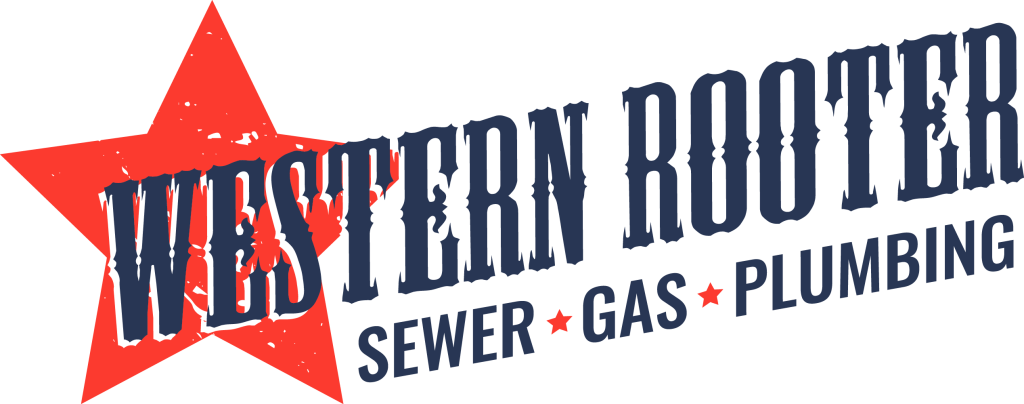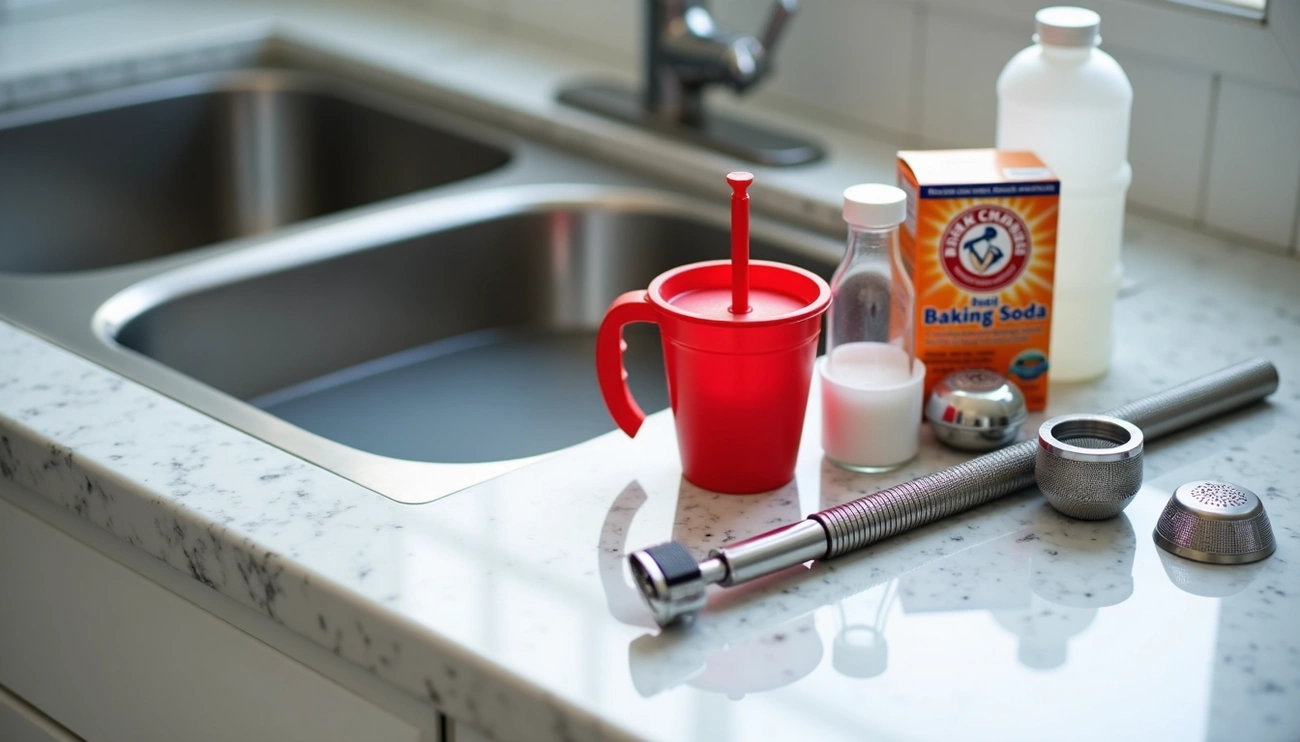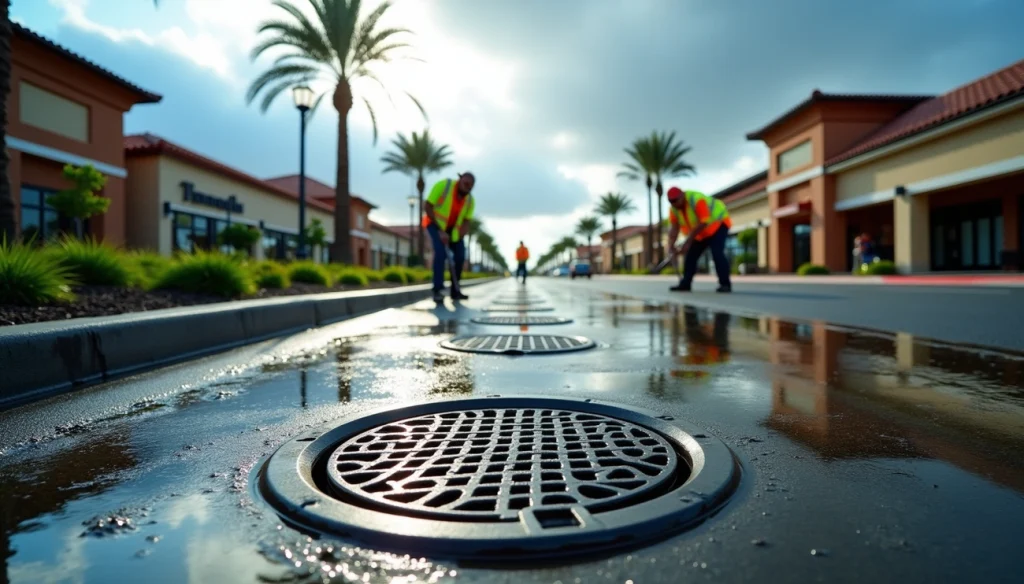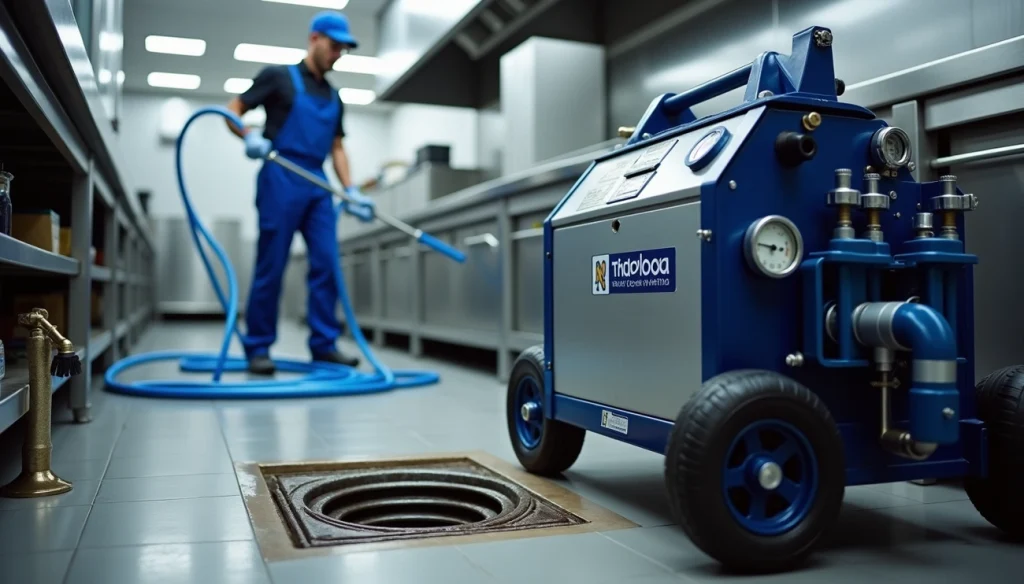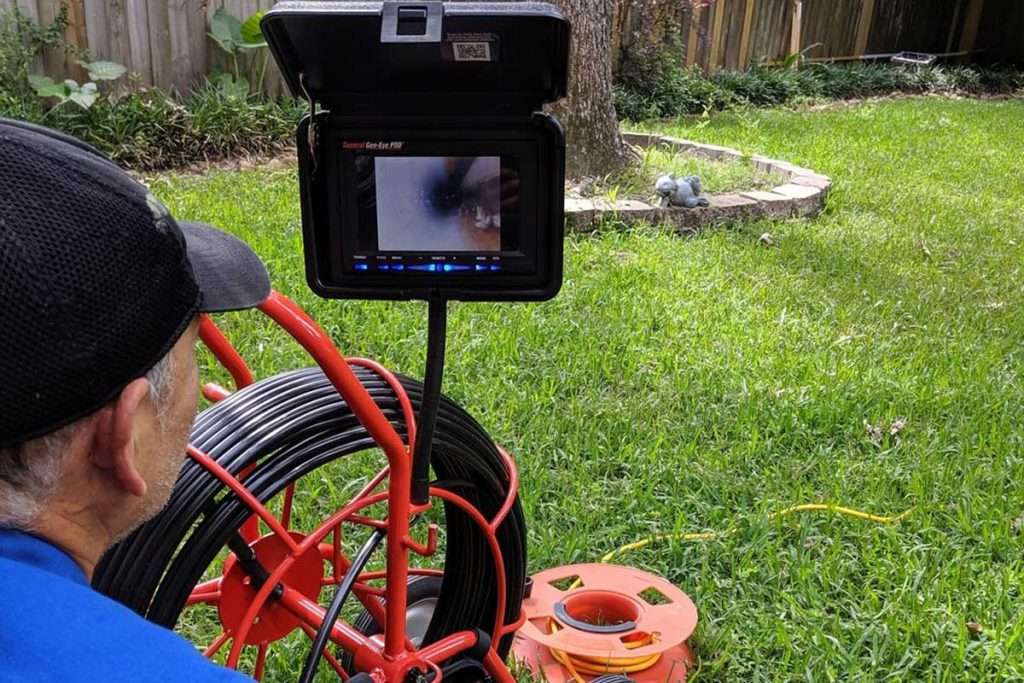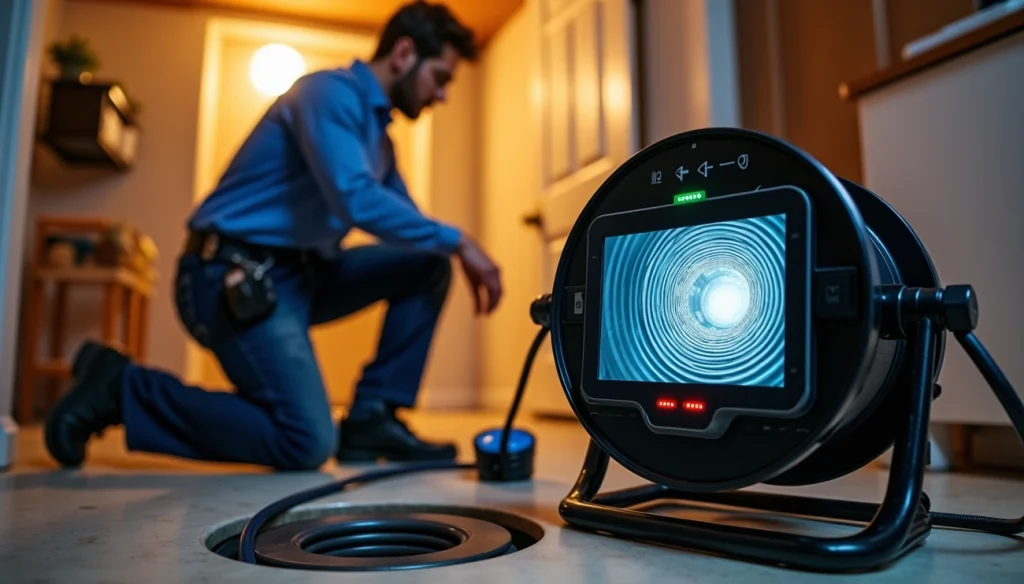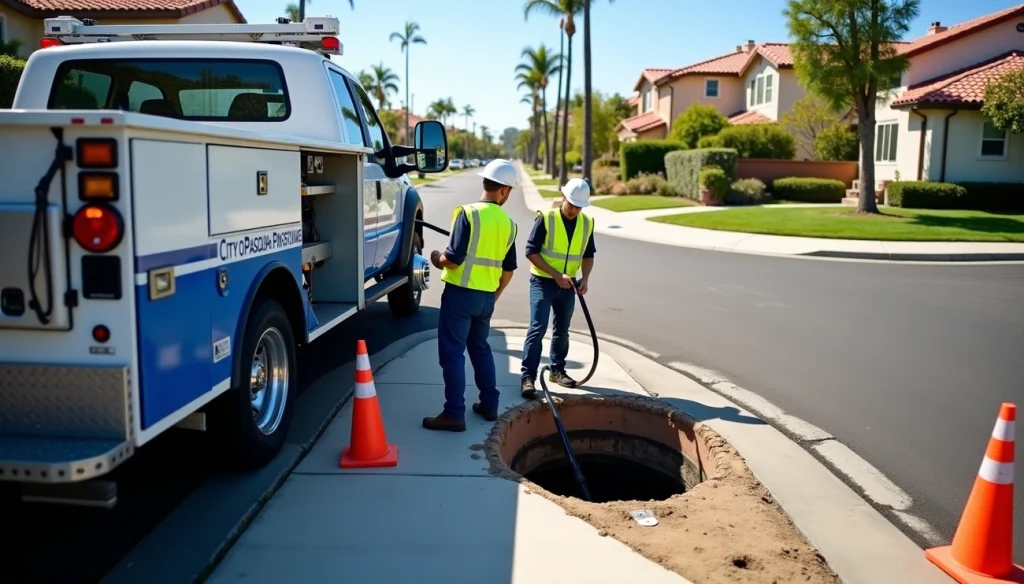Is your kitchen sink filled with dirty water that won’t drain? A clogged sink can create as much chaos as a clogged drain. Your morning routine turns into a frustrating mess.
People use their bathroom and kitchen sinks every day. This leads to clogs from hair, soap, food particles and debris building up over time. You don’t need to call a plumber right away if your kitchen sink gets clogged. Small clogs can be cleared with a cup plunger, so try that first. Boiling water and salt work great on tougher blockages. The heat melts grease and food particles while salt scrubs debris through the pipes. A professional plumber with specialized equipment might be needed if these DIY methods don’t fix your clogged sink drain.
This piece shows you the quickest ways to unclog your kitchen sink. You’ll learn about simple fixes you can try at home and the deeper cleaning methods plumbers use. Let’s get your sink working again!
Start with Simple DIY Fixes
A clogged kitchen sink can often be fixed with simple household remedies before you need to call a professional. Your kitchen likely has all the common items needed to tackle these drain problems quickly.
Try boiling water first
Boiling water works remarkably well for minor clogs, especially those from grease buildup. The high temperature (212°F) helps dissolve accumulated grease and food particles.
- Bring a half-gallon of water to a rolling boil
- Remove any standing water from the sink
- Carefully pour the boiling water directly into the drain opening in a steady stream
- Wait a few minutes to see if the water begins to drain
Important note: Your sink’s PVC pipes could get damaged by boiling water. Use very hot (but not boiling) water if you have plastic pipes.
Add salt for extra scrubbing power
Salt’s natural abrasive properties can break down stubborn clogs with hot water. It absorbs moisture and helps soften buildup while breaking down grease.
A mixture of ½ cup salt with hot water poured down the drain works wonders. Salt’s rough texture acts as a natural scrubbing agent against grease and gunk that cause blockages. This powerful yet natural combination handles most minor clogs effectively.
Use baking soda and vinegar combo
This classic pair creates a chemical reaction that helps break down clogs effectively.
- Pour ½ cup of baking soda down the drain
- Follow with ½ cup of vinegar
- Immediately cover the drain with a cloth or plug to boost the foaming action
- Let the mixture sit for 30 minutes to an hour
- Flush with boiling water
The bubbling reaction loosens debris while boiling water washes everything away.
Try baking soda and salt overnight
Stubborn clogs often respond well to this overnight treatment:
- Pour ½ cup of baking soda into the drain
- Add ½ cup of salt
- Let this mixture sit overnight
- In the morning, pour two cups of boiling water down the drain
Salt and baking soda work better together because salt softens drain obstacles, making them easier to remove.
These DIY methods work best on minor to moderate clogs from organic materials like grease, soap scum, and food particles. More advanced techniques might be needed for severe blockages that persist after these treatments.
Use Tools to Dislodge the Clog
Your kitchen sink clog might need specialized tools if simple household solutions haven’t worked. These techniques need basic equipment but can deliver impressive results with stubborn blockages.
How to use a plunger effectively
A simple cup plunger can work wonders on your clogged kitchen sink. The proper plunging technique starts with 3-4 inches of water in the sink to create the right pressure. Double sinks need extra preparation – seal the second drain with a rubber stopper or wet cloth to keep the suction strong. The sink’s overflow hole should be blocked with a wet rag if present.
Make a tight seal by positioning the plunger directly over the drain opening. Push down and pull up quickly about 10-12 times over 20 seconds. The final step needs you to pull the plunger straight up with a “pop” – this extra pressure might dislodge the stubborn clog.
Check and reset the garbage disposal
A jammed garbage disposal often looks like a clogged sink. Safety comes first – turn off and unplug the disposal. Take a flashlight and look inside to spot any blockages. You can remove visible debris with needle-nose pliers.
A non-running disposal might have overheated. You’ll find the reset button on the bottom or side of the unit – press it firmly. Tough jams need a garbage disposal wrench (hex key) in the bottom turning hole. Move it back and forth until the flywheel spins freely.
Use a wet-dry vacuum if available
Tough clogs might need the power of a wet-dry vacuum. Set up your vacuum for wet use based on your manufacturer’s guide. The vacuum hose should create a tight seal right over the drain opening. Remember to seal the unused drain in double sinks.
Run the vacuum at its highest setting for several minutes. Changes in the vacuum’s sound tell you a lot – a deeper hum or gurgle usually means the clog has moved. Clogs near the drain opening respond better to this method than those deep in the pipes.
Go Deeper into the Pipes
Stubborn clogs that don’t respond to simple methods need a deeper dive into your plumbing system. These advanced techniques take more work but can fix the most stubborn kitchen sink blockages.
Clean the P-trap under the sink
The P-trap is the U-shaped pipe under your sink that keeps sewer gasses out of your home. A clogged P-trap needs to come apart:
- Put a bucket below to catch water
- Loosen the slip nuts at both ends (pliers help if stuck)
- Take off the trap and remove debris
- Rinse it well with water
- Put it back together and secure connections (don’t overtighten)
Let water run to check for leaks after reassembly.
Use a plumber’s snake or auger
Clogs past the P-trap need special attention:
Take off the P-trap and put the snake right into the wall pipe. Push the cable until you hit resistance – that’s your clog. Lock the setscrew and turn the handle clockwise as you push forward. Tough clogs need a push-pull approach: feed in three feet of cable, pull back two feet, and repeat until the clog breaks up.
Try a wire coat hanger for shallow clogs
A wire coat hanger works when you don’t have a snake. Straighten it out but keep the hook at one end. Push it through the drain or removed P-trap, then twist and pull to clear the debris. This works best on clogs near the opening or in the P-trap.
Prevent Future Clogs
Kitchen sink clogs are nowhere near as hard to prevent compared to fixing them later. These simple maintenance tips will save you from plumbing problems down the road.
Avoid pouring grease or coffee grounds
Your sink drain should never receive cooking oil, grease, or fats since they harden inside pipes and create tough blockages. Coffee grounds also cause problems because they don’t dissolve in water and lead to stubborn clogs. These substances stick to your pipe’s walls and trap other debris until complete blockages form. The best approach is to collect grease in a sealable container and throw it in the trash.
Use drain strainers regularly
Mesh sink strainers serve as your best defense against clogs. These cheap devices stop food particles from entering your plumbing system. Your strainers need daily emptying and rinsing to work best. Silicone strainers work great because you can flip them over the trash to remove collected debris without touching wet food.
Flush with hot water after heavy use
Hot water should run down your drain after each use to help small food particles flow through. A weekly kettle of hot water down your drain will melt away any built-up fats or grease. This simple habit reduces pipe buildup by a lot.
Use enzyme-based cleaners monthly
Enzyme cleaners offer a chemical-free way to keep drains clear. These products contain good bacteria that break down organic matter like oils, fats, and food waste. You should add 2-4 oz. weekly to troublesome drains or monthly for basic maintenance.
Conclusion
A clogged kitchen sink is definitely one of the most annoying problems you’ll face at home. The good news is that you can fix most clogs yourself using these techniques. Simple fixes like boiling water and salt work great for small blockages. The baking soda and vinegar trick takes care of the more stubborn ones.
Plungers, augers, and wet-dry vacuums are a great way to get rid of tougher clogs. Learning to check your P-trap also gives you an edge when your sink won’t drain properly.
The best defense against future sink problems is prevention. Use drain strainers and avoid pouring grease down the drain. Regular hot water flushes will cut your risk of clogs by a lot. These basic habits keep your kitchen working smoothly and save you money.
All the same, some blockages need a professional touch, especially deep plumbing issues. Western Rooter’s team handles these complex problems every day in Los Angeles and San Bernardino Counties. We’re here 24/7 for those unexpected plumbing emergencies that DIY methods can’t fix.
Call Western Rooter now for a free estimate to get your kitchen sink working perfectly again!
Key Takeaways
Master these proven plumber techniques to quickly restore your kitchen sink’s drainage and prevent future blockages.
• Start with boiling water and salt – This simple combination dissolves grease buildup and pushes debris through pipes effectively for most minor clogs.
• Use the baking soda-vinegar method for stubborn clogs – Mix ½ cup each, cover drain for 30 minutes, then flush with boiling water to break down organic blockages.
• Clean the P-trap when basic methods fail – Remove the U-shaped pipe under your sink to access and clear deeper clogs that resist surface treatments.
• Prevent clogs with daily maintenance – Use drain strainers, avoid pouring grease down drains, and flush with hot water after heavy use to avoid future problems.
• Try plunging with proper technique first – Ensure 3-4 inches of water in sink, seal second drain if present, and plunge vigorously for 20 seconds before other methods.
These methods progress from simple household remedies to more advanced techniques, giving you a complete toolkit for handling kitchen sink clogs without immediately calling a plumber.

